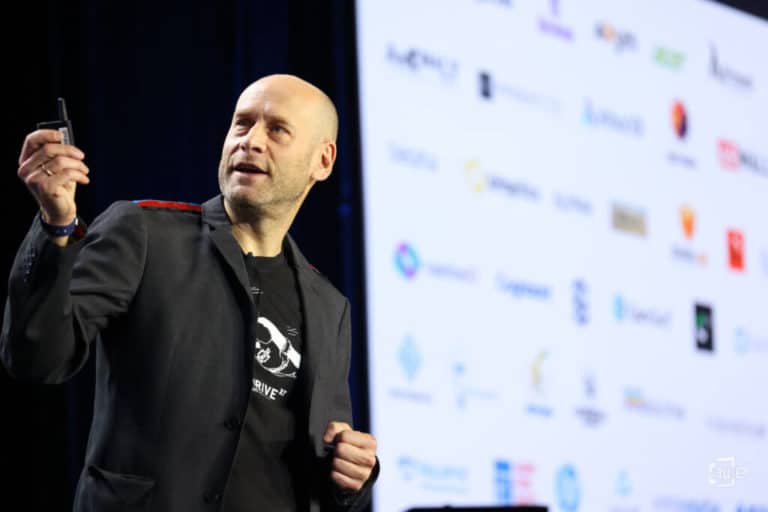
Like many buzzwords, the metaverse is part hype and part substance. At present, it’s mostly the former, but it could materialize into something meaningful. That could take years or even decades and will take shape in organic ways that deviate from the current consensus.
To underscore this dichotomy of the m-word, AWE Chief Ori Inbar has created the “Metaverse vs. Shmetaverse” construct. This playfully defines and delineates legitimate metaverse principles versus those that are following the hype train. And of course, opinions will vary.
This all played out in a recent AWE Nite event, and a 70s-themed game show during Inbar’s AWE USA kick-off last month (jump to it here). We’re covering both for this week’s XR Talks, including video and insights from Reality Prime’s Avi Bar-Zeev and LDV Capital’s Abby Hunter-Syed.
Love-Hate Relationship
One thing about metaverse mania is that it’s a double-edged sword. It’s positive in one sense because it brings more exposure to AR and VR. But it’s a love-hate relationship, says Inbar, in that it makes the things that bona-fide XR startups are working on today seem too futuristic.
Similarly, there’s no shortage of strong opinions for what the Metaverse is and isn’t – which is ironic for something that doesn’t exist yet. Meanwhile, everyone attempting to define the metaverse signals excitement and popularity (good) but also rampant ambiguity (bad).
The metaverse could also have two tracks. The first track is virtual worlds, often discussed in a VR context. The second track involves physical-world augmentation (a.k.a., the AR Cloud). For the latter, BarZeev asserts that the metaverse is the data while AR is the interface.
The other big opportunity, according to Bar-Zeev, is to build a more safe and equitable environment. In other words, the metaverse could represent a crossroads to re-engineer the parts of the web that have failed society. It should be more secure, privacy-safe, and diverse.
Smart Money
Similarly, there should be specific and native guardrails for user protection, as the technology itself requires deliberate standards. For example, advances in synthetic data and virtual humans create an environment for bad actors and misinformation to thrive, says Hunter-Syed.
And some of this comes down to incentive structures. The business models that lead the metaverse should be aligned with user interests. For example, paying for content is good for consumers and creators, versus ad-supported business models that incentivize data misuse.
Speaking of business models, the metaverse could have wide-reaching applicability across vertical and horizontal business segments. But the most opportunity may be realized by platforms and enablers. We’ve learned this “picks & shovels” lesson in several tech revolutions.
But Inbar – a prolific investor – warns about m-word overuse. His days are filled with eye-roll moments for startup pitches that haplessly cram the m-word into every possible qualifier. Substance and fundamentals will guide smart money, despite the current metaverse bubble.
Let’s Get Physical
Back to the AWE USA conference, it marked a key moment in the return to physical events. More accurately, it represents the transition to the hybrid structures that could define life, work and events in the post-Covid era. We could end up better for it in terms of optionality.
During the 893 days since the previous AWE USA conference in summer of 2019, the spatial computing worlds that make up its audience have advanced. Indeed, the value of (and reliance on) these technologies have accelerated in the age of sheltered life and work.
But coming back together physically is a reminder that we can’t get too carried away in “virtual.” Being deprived of physical events not only elevated AR and VR technologies in the above ways, but it gave us perspective about the human interaction we formerly took for granted.
The lesson is that spatial computing technologies will be at their best when they enhance – rather than replace – our connections with each other and the physical world. This point was echoed in John Hanke’s AWE keynote, as the metaverse could take us in either direction.
We’ll pause there and cue both videos below, starting with AWE Nite SF, followed by Inbar’s AWE kick-off…

